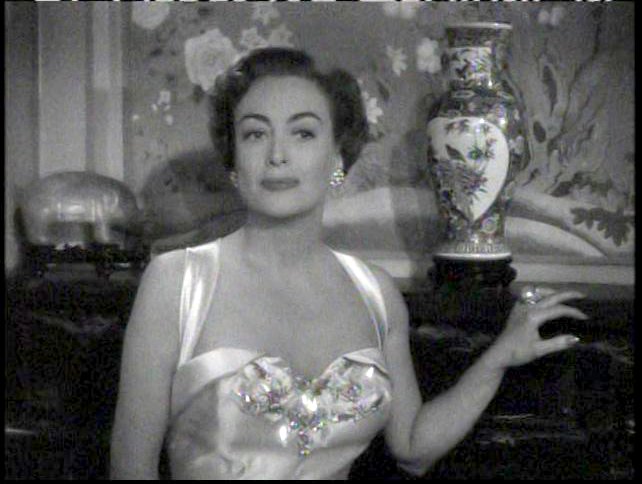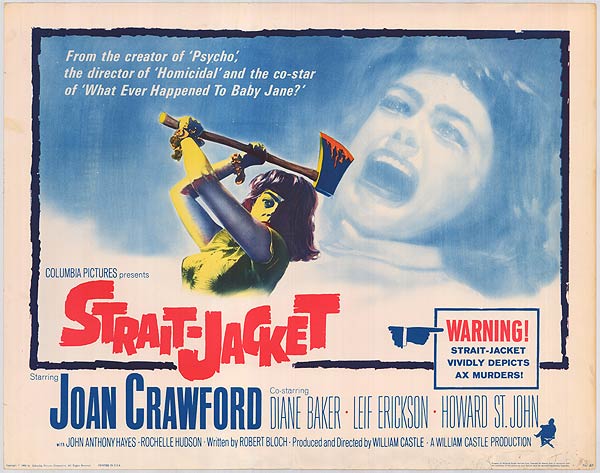What’s The Story? 1928, New York City. The Jazz Age is in full swing and so is rich girl Diana (Joan). She’s the epitome of the flapper. Don’t trust me? How about this:
““Joan Crawford is doubtless the best example of the flapper, the girl you see at smart night clubs, gowned to the apex of sophistication, toying iced glasses with a remote, faintly bitter expression, dancing deliciously, laughing a great deal, with wide, hurt eyes. Young things with a talent for living.””
Diana loves the dance, party and flirt. She comes from money, and her parents are super chill and supportive. She is in control of her sexuality at all times and it looking for love. At a party, she meets rich boy Ben (played by real life football star Johnny Mack Brown) and is immediately smitten. They dance a bit and then he ends up dancing with Anne, a seemingly innocent girl played to the hilt by Anita Page. While Diana is the party girl who is looking for love, Anne is the mean gold digger who puts on a front. It’s a tug of war between the women over the affection of Ben, whose affability is genuine but doesn’t register much of a personality past that.
While the gang is out at the beach for a weekend, Anne sinks her claws into Ben and then debuts their engagement to Diana’s disgust.
(Don’t worry - Anne gets what’s coming to her.)
At this point, Joan had been working at MGM for a few years, working her way up the ladder at the big studio. She also was doing what she could to stand out in the crowd of starlets. She apparently stole a copy of the script and brought it to the producer, begging him for the role. He eventually said yes, which turned out well for Joan. It was her biggest hit for her career and it put her on the map. It’s a silent film, but it was released with a synchronized soundtrack complete with music and SFX but no spoke dialogue.
Oh, And How’s Joan? She’s pretty dynamite. The above clip really shows her living the humiliation of losing her love. Joan is feeling things moment-by-moment in a way that works for silent film but also doesn’t read as totally presentational. Anita Page is also dynamite as her rival Anne, really giving Joan something to work off of, sharpening her performance.
Should I See It? Yes. It’s a silent film but don’t let that deter you. It moves very briskly with lots of character. It’s pre-code, so the sexuality on display isn’t explicit but it is rather sophisticated. As played with lots of brio and charisma, Joan makes Diana someone who probably has slept with a bunch of her male friends but is now holding out for her Prince Charming. The ending is rather pat but getting there is a good deal of fun. (There’s also an almost-gay kiss, fyi.)
How Can I See It? It’s available for rental on YouTube and iTunes. You can find it on iTunes here.








